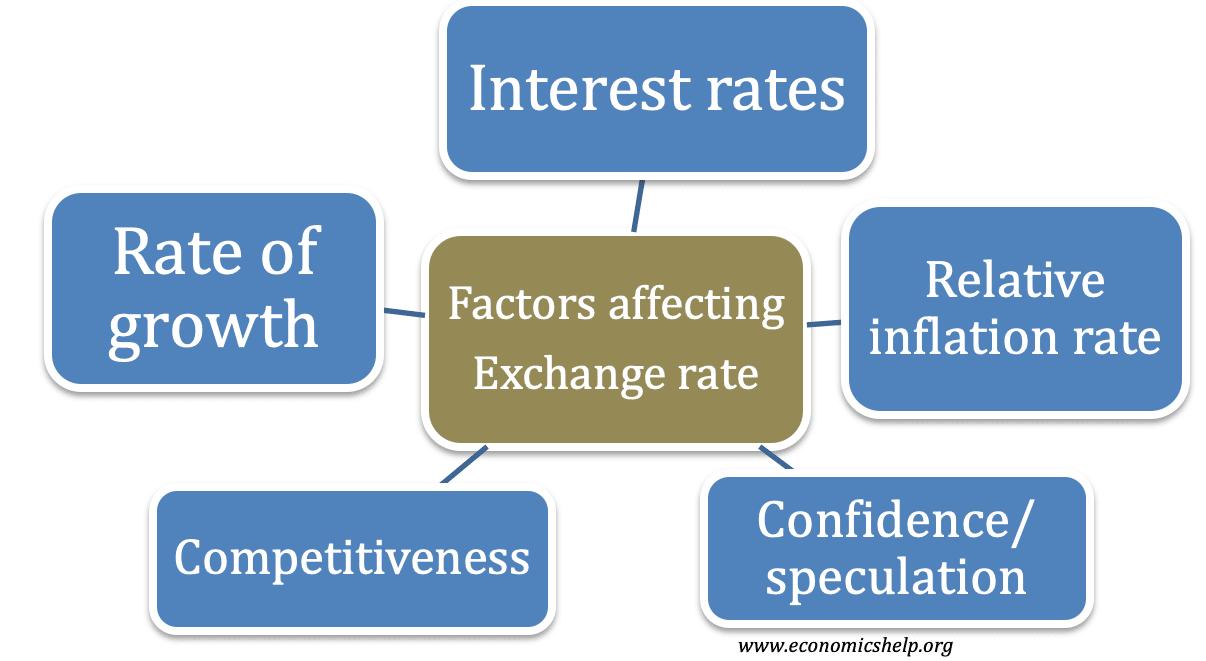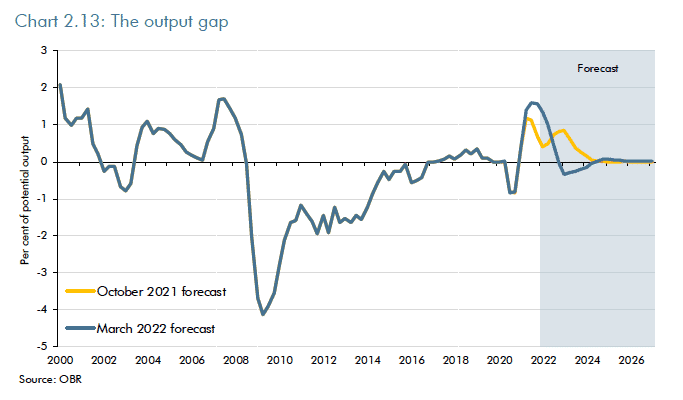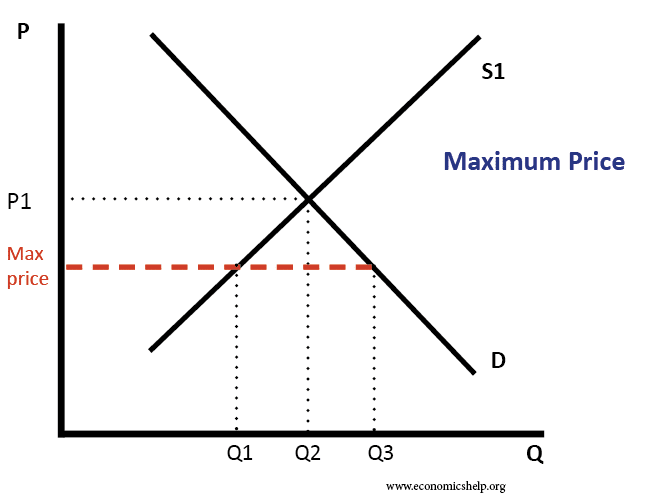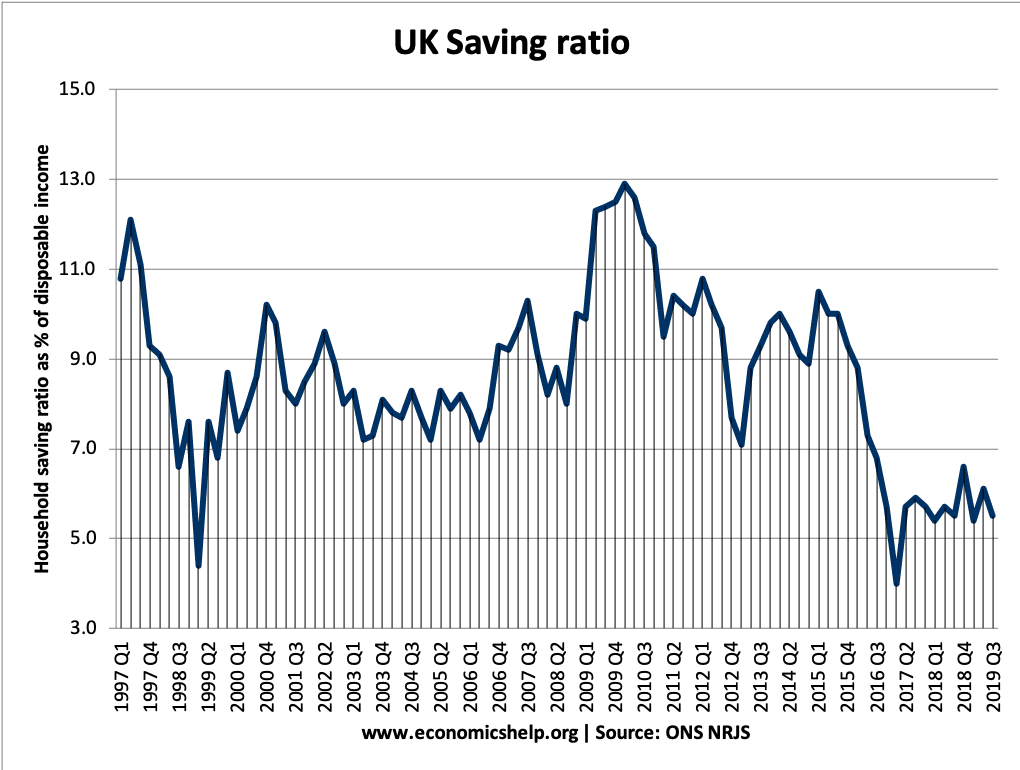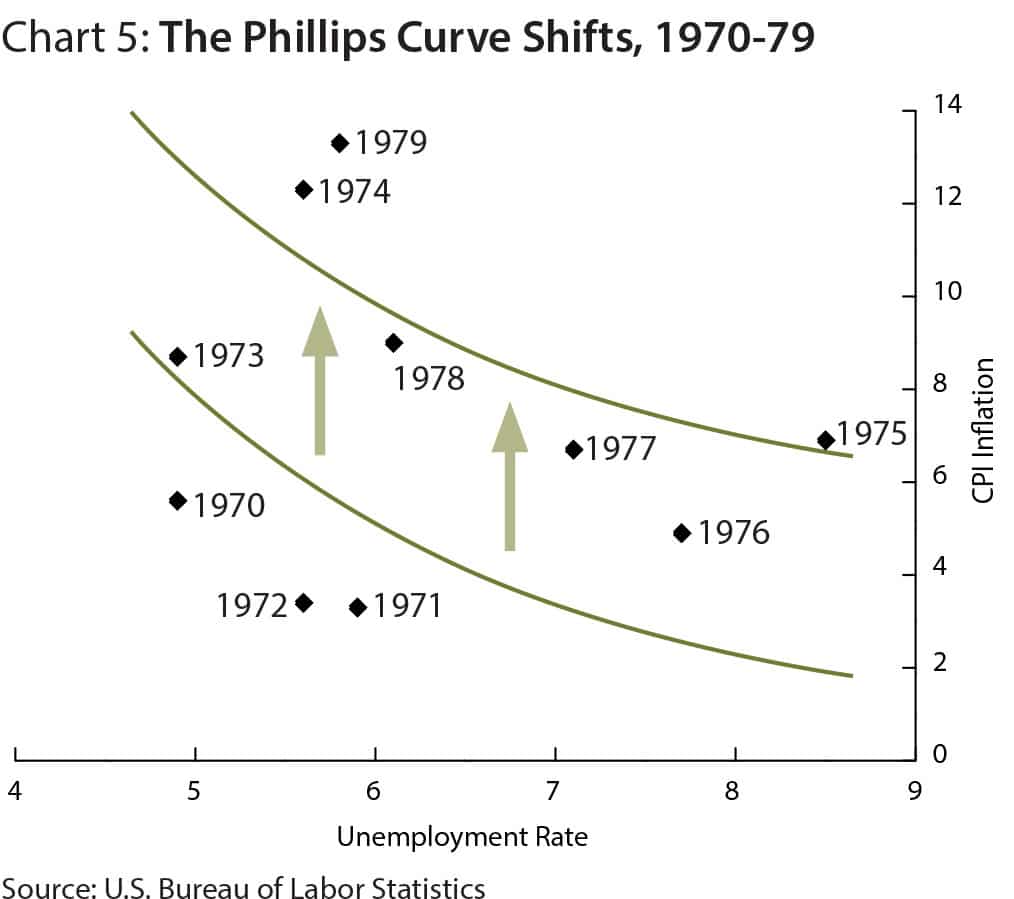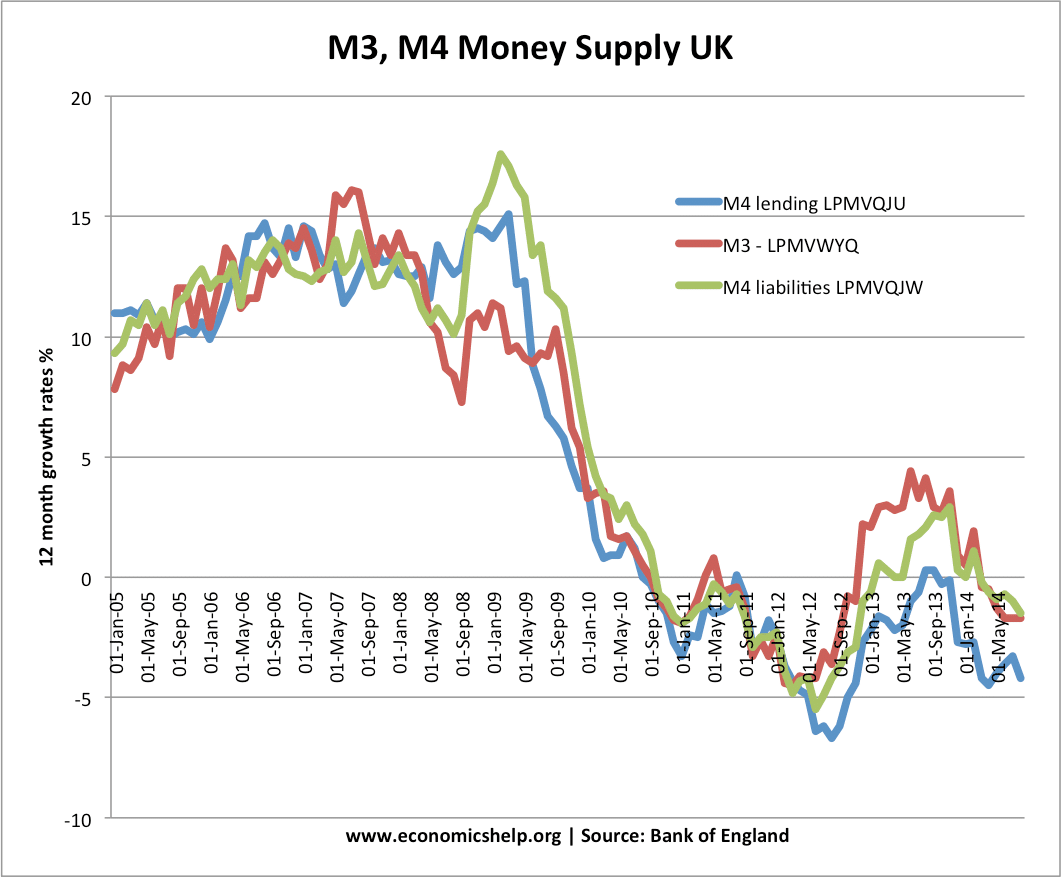GCSE Economics revision guide
- E-Book comes as a pdf and is available immediately after purchase
- Comprehensive list of definitions and coverage of syllabus
- Clear and simplified explanations
- Specifically based on new GCSE syllabus from 2019. – Choose AQA or OCR
- Designed to help answer potential exam questions
- For Network licence (unlimited distribution within an educational establishment) – £85.00
- Sample of GCSE Revision Guide
Specific syllabus
- OCR GCSE Revision Guide
- AQA GCSE Revision Guide
- IGCSE Revision Guide (Cambridge International 0455)


